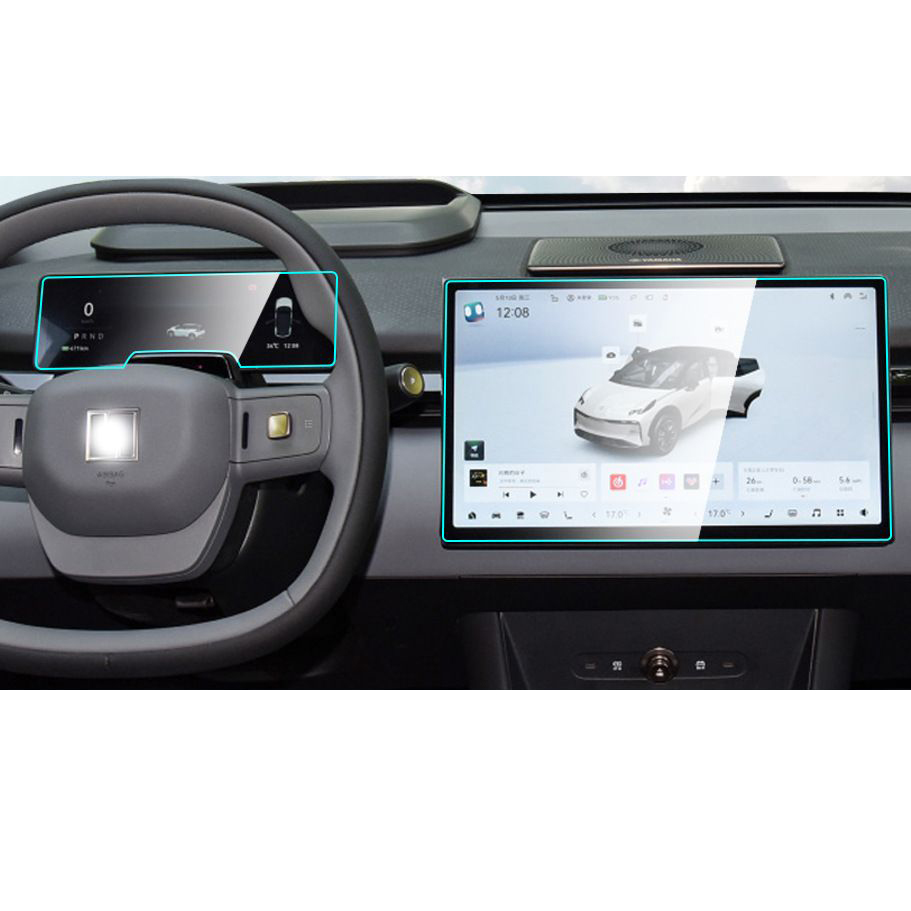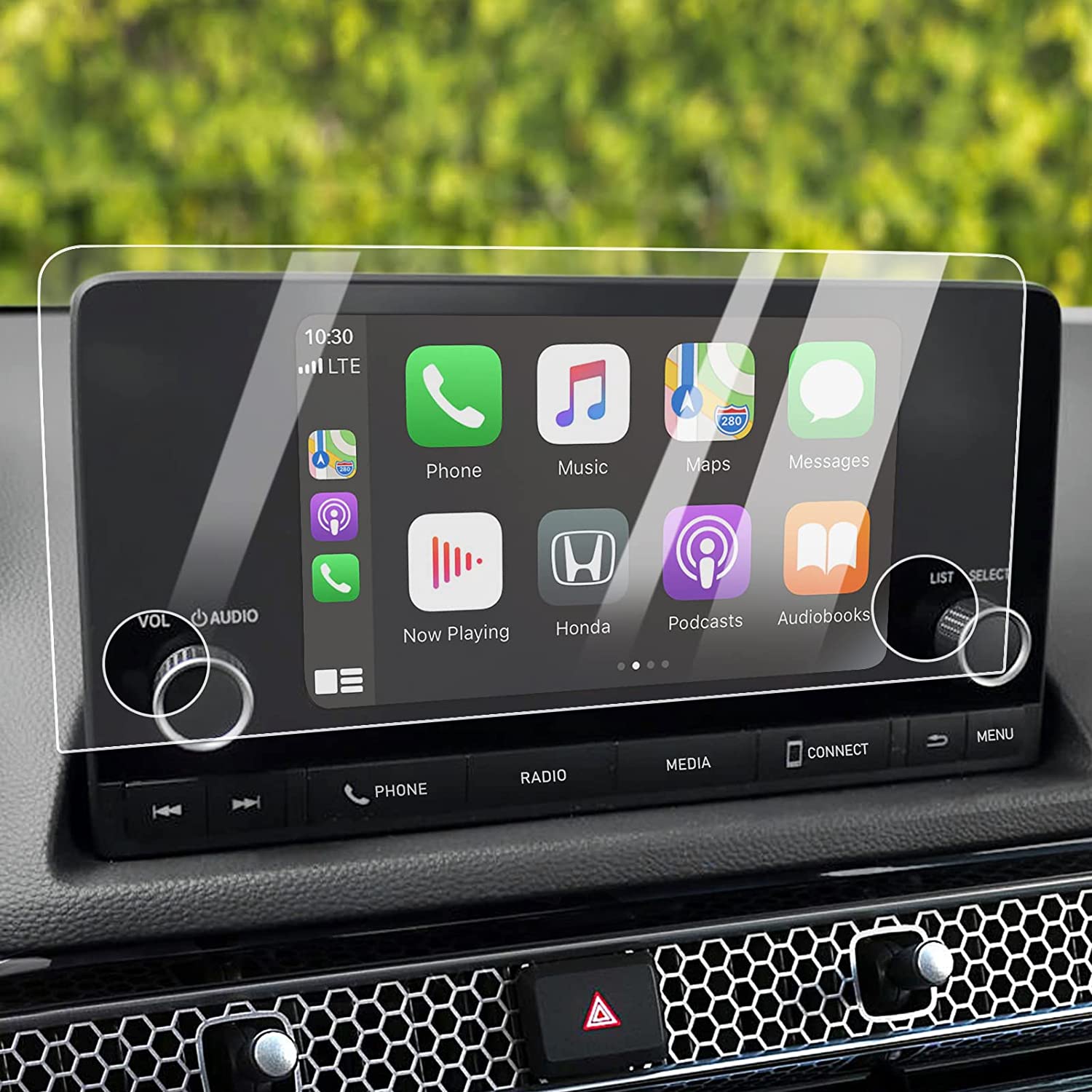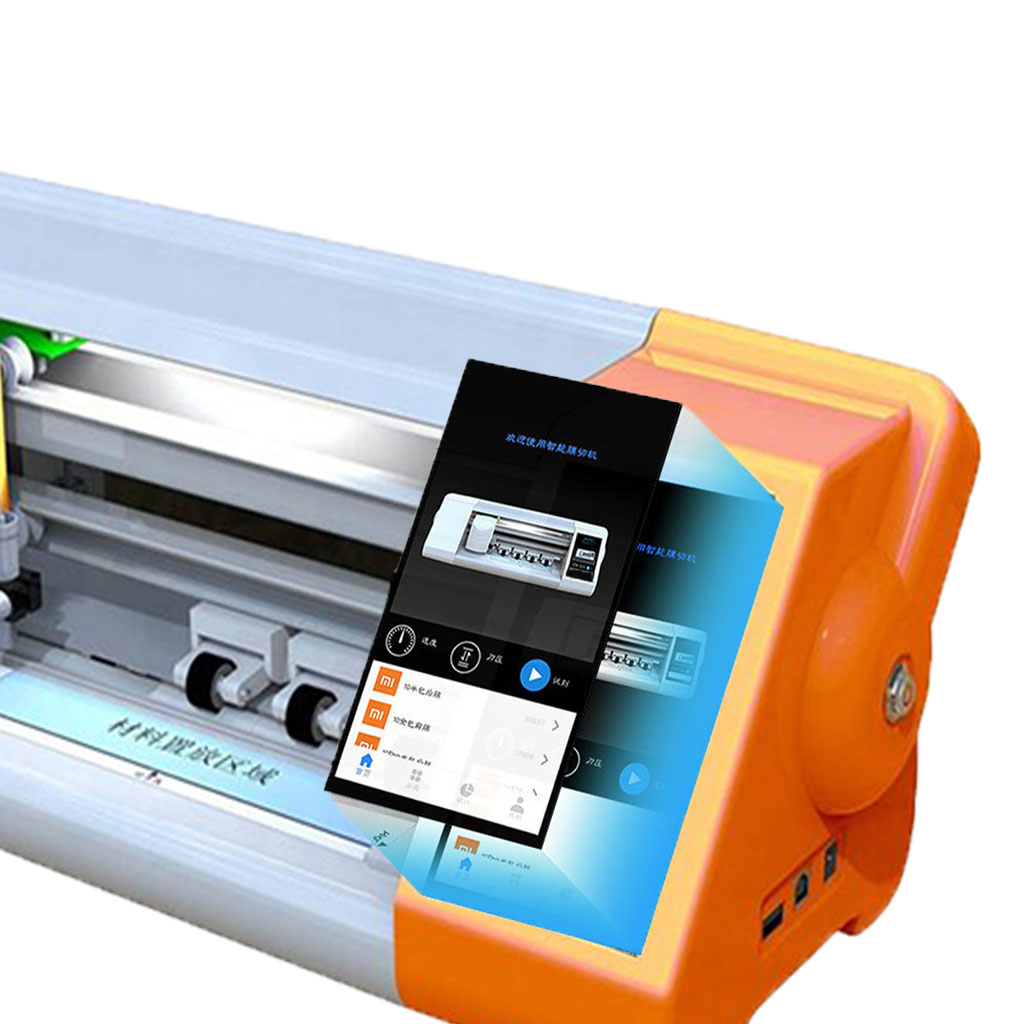
Quel est le meilleur : un protecteur d’écran en verre trempé ou en hydrogel ?
Table des matières
Résumé
- Verre trempé: Offers superior impact resistance and a smooth, glass-like feel.
- Hydrogel: Provides flexibility, self-healing properties, and is ideal for curved screens.
- Installation: Both require careful application to avoid bubbles and ensure a perfect fit.
- Coût et valeur: Tempered glass is pricier but offers long-term durability; hydrogel is more affordable and eco-friendly.
- Expérience de l'utilisateur: Both maintain touch sensitivity, but tempered glass may offer better visual clarity.
Consider the level of protection you require, your budget, and your device’s design to make the best decision.
What is a Tempered Glass Screen Protector?
Understanding Tempered Glass: Tempered glass is a type of safety glass processed by controlled thermal or chemical treatments to increase its strength compared to normal glass. The process of tempering puts the outer surfaces into compression and the inner surfaces into tension. This makes tempered glass screen protectors highly durable and resistant to scratches and impacts.Benefits of Tempered Glass: One of the main advantages of using a tempered glass screen protector is its ability to absorb impact. This means that if you accidentally drop your phone, the tempered glass is more likely to crack instead of your phone’s actual screen. Additionally, tempered glass offers a smooth, glass-like feel that mimics the original screen, providing a seamless user experience.Exploring Hydrogel Screen Protectors
What is Hydrogel?: Hydrogel is a polymer material known for its flexibility and self-healing properties. Unlike tempered glass, hydrogel screen protectors are made from a soft, flexible material that can absorb minor scratches and heal over time, maintaining a clear view of your screen.Advantages of Hydrogel: Hydrogel screen protectors are praised for their thinness and flexibility, allowing them to cover even curved screens perfectly. They are also less prone to shattering compared to tempered glass, making them a safer option for those who frequently drop their devices.Tempered Glass vs. Hydrogel: Key Differences
Durabilité et solidité: Tempered glass is renowned for its strength and ability to withstand significant impacts. In contrast, hydrogel is more about flexibility and self-healing, offering protection against minor scratches rather than heavy impacts.Flexibility and Fit: Hydrogel protectors excel in flexibility, making them ideal for devices with curved screens. Tempered glass, while strong, is rigid and may not fit as snugly on non-flat surfaces.Which Offers Better Screen Protection?
Résistance aux rayures: Tempered glass is highly resistant to scratches from keys, coins, and other sharp objects. Hydrogel, while not as hard, can self-heal minor scratches, maintaining a clear surface over time.Résistance aux chocs: For heavy impacts, tempered glass is the superior choice due to its ability to absorb and distribute shock. Hydrogel, however, provides adequate protection for minor drops and bumps.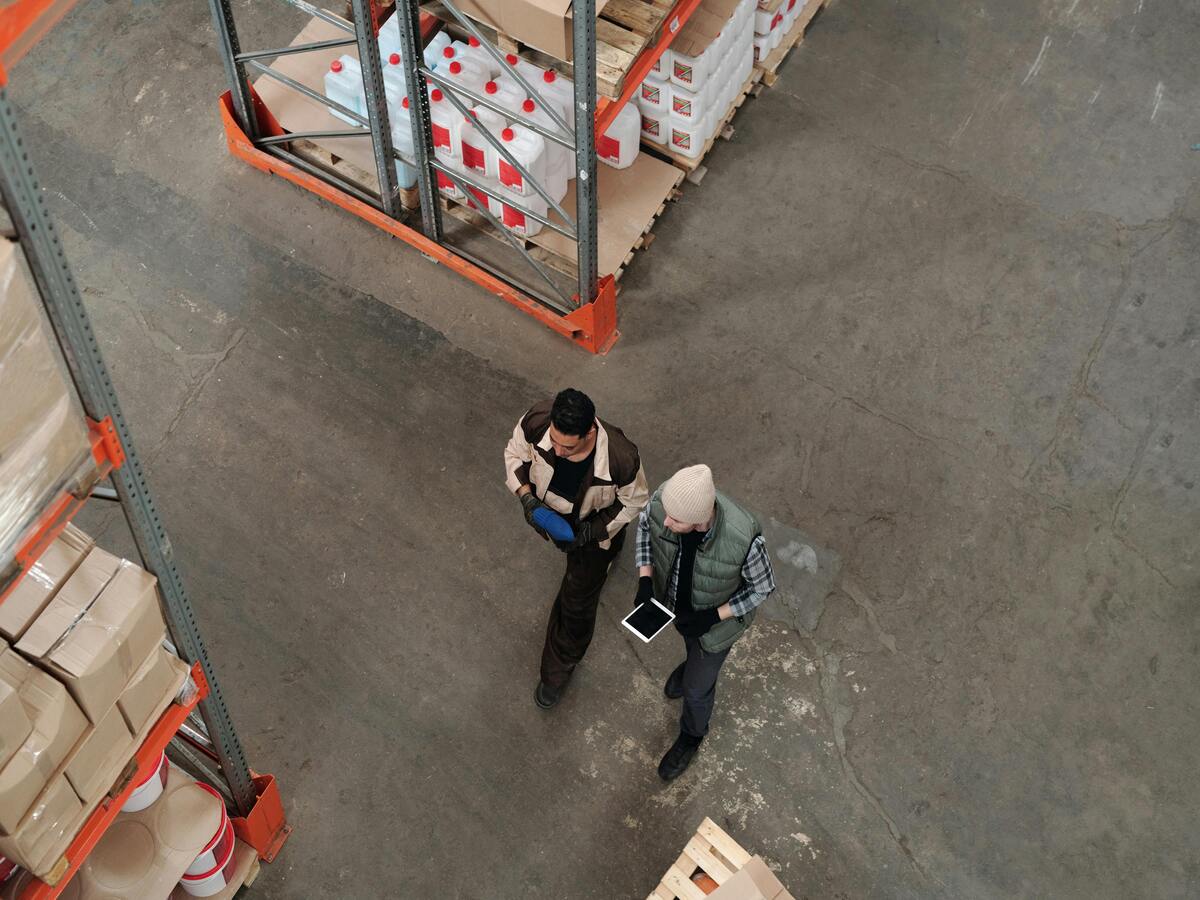
Hydrogel Film and Tempered Glass: Installation Process
Ease of Application: Installing a tempered glass protector typically involves aligning it carefully and pressing it onto the screen, often with the help of an installation kit. Hydrogel protectors require a bit more finesse, as they need to be stretched and smoothed out to avoid bubbles.Les erreurs courantes à éviter: When applying either type, ensure the screen is clean and free of dust. For tempered glass, avoid pressing too hard to prevent cracking. With hydrogel, take your time to smooth out any bubbles.Cost Comparison: Is One More Affordable?
Price Points: Generally, hydrogel protectors are more affordable than tempered glass. However, the price can vary based on brand and additional features like anti-glare or privacy filters.Value for Money: While tempered glass may be more expensive, its durability can offer better long-term value, especially for those prone to dropping their devices.User Experience: Comfort and Usability
Sensibilité tactile: Both types maintain excellent touch sensitivity, but some users report a more natural feel with tempered glass due to its rigidity.Visual Clarity: Tempered glass often provides a clearer view, while hydrogel can sometimes cause slight distortion, especially if not applied perfectly.
Aesthetic Appeal: Which Looks Better?
Design and Style: Tempered glass protectors are thicker and can add a slight bulk to your device, while hydrogel protectors are almost invisible, preserving the original look of your phone.Thickness and Weight: Hydrogel is thinner and lighter, making it less noticeable, whereas tempered glass adds a layer of protection that can be felt.Environmental Impact: Sustainability Considerations
Eco-Friendliness: Hydrogel protectors are generally more eco-friendly due to their biodegradable nature. Tempered glass, while recyclable, requires more energy to produce.Recyclabilité: Both types can be recycled, but it’s essential to check local recycling guidelines to ensure proper disposal.Making the Right Choice: Personal Preferences and Needs
Lifestyle Considerations: If you’re someone who frequently drops their phone, tempered glass might be the better choice. For those who prefer a sleek, barely-there look, hydrogel is ideal.Expert Recommendations: Many tech experts recommend tempered glass for its superior protection, but hydrogel is gaining popularity for its flexibility and self-healing properties.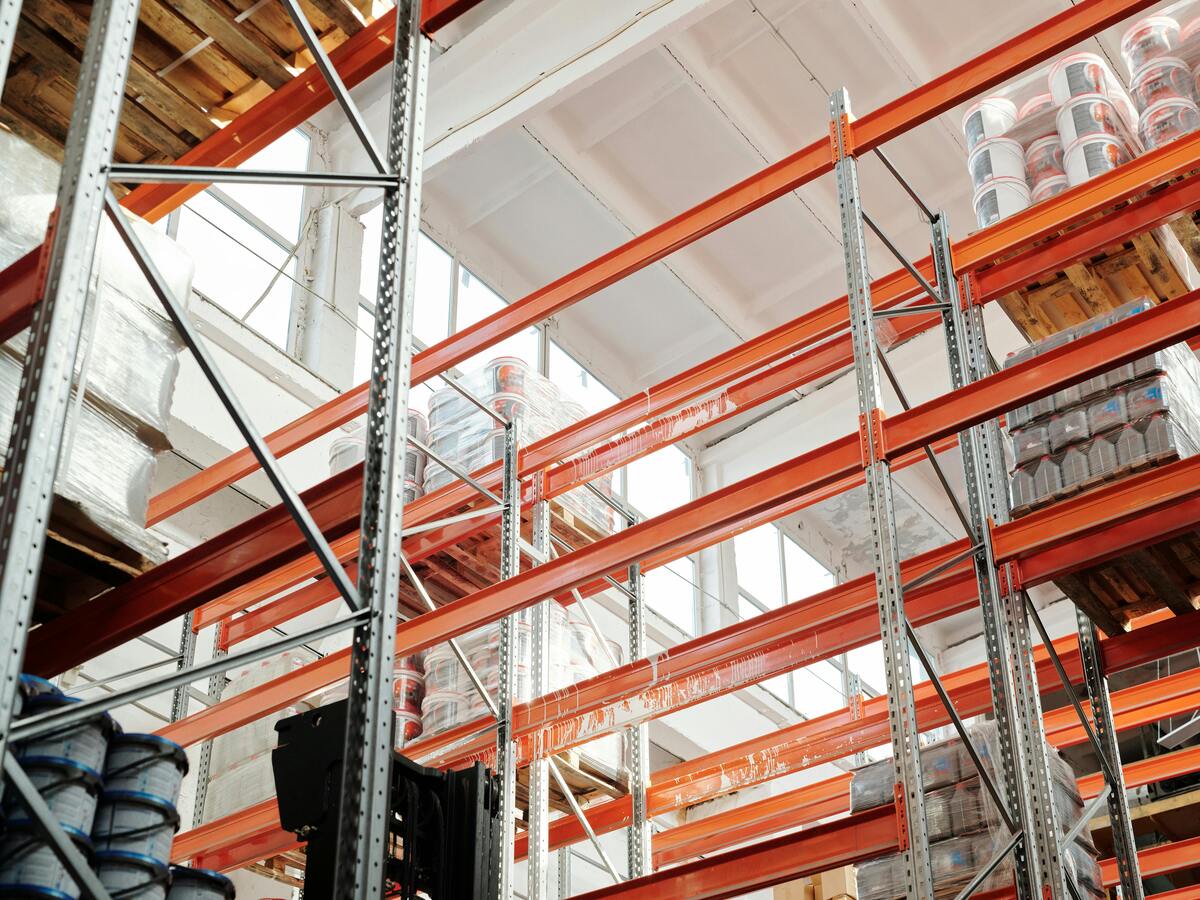
Commentaires
Tags
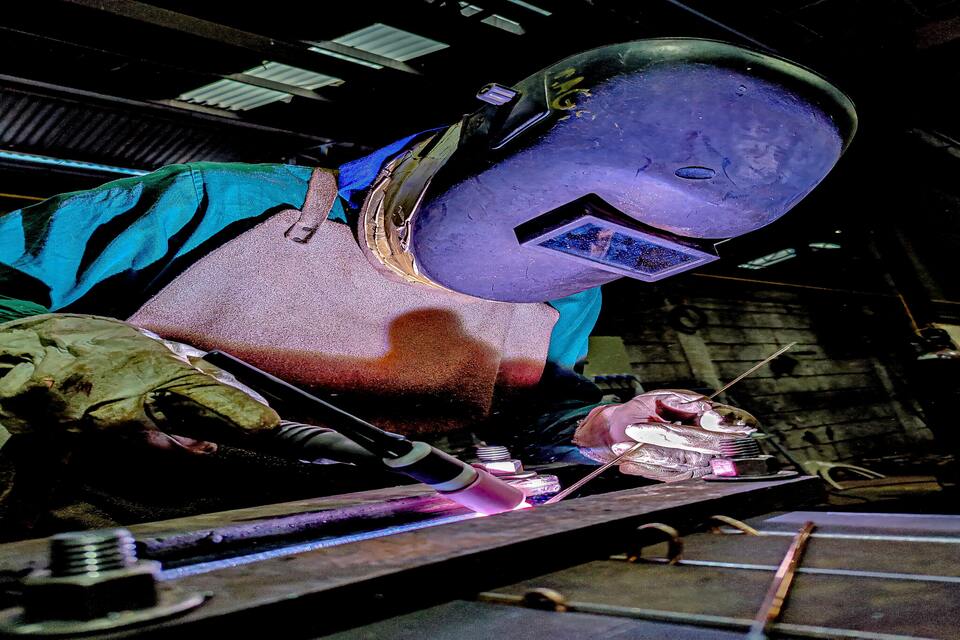
How Much Does Phone Screen Repair Cost?
By following this guide, you can navigate the world of phone screen repairs with confidence and make informed decisions that suit your needs and budget.
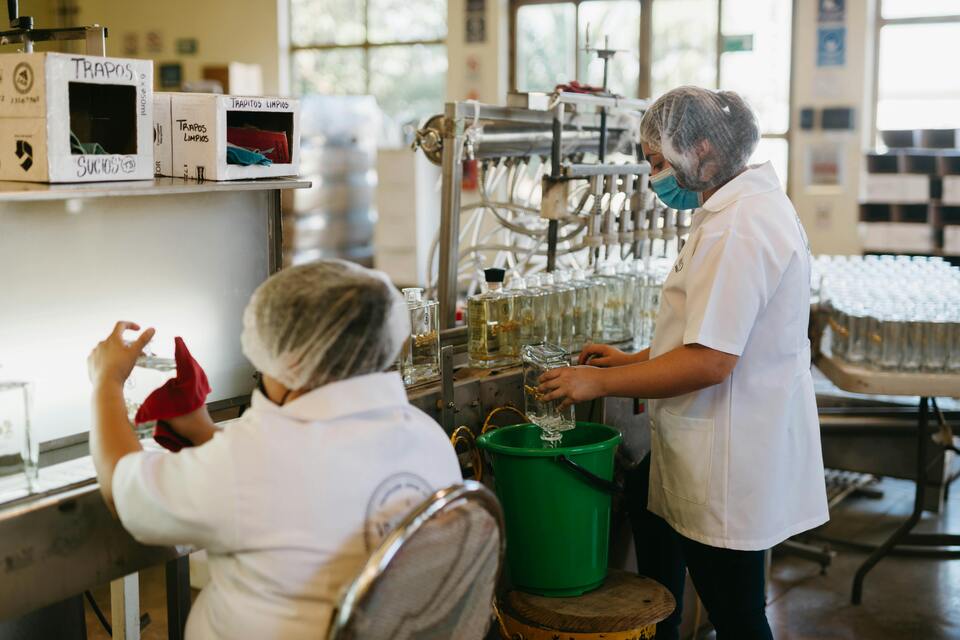
Quand remplacer le protecteur d'écran du téléphone
En gardant ces points à l’esprit, vous pouvez vous assurer que votre smartphone reste protégé et en excellent état.

Atteindre la précision : Meilleures pratiques pour un ajustement parfait avec les découpeurs de protecteurs d'écran
La précision de la découpe des protections d'écran est essentielle pour garantir une protection optimale de l'appareil et la satisfaction de l'utilisateur.
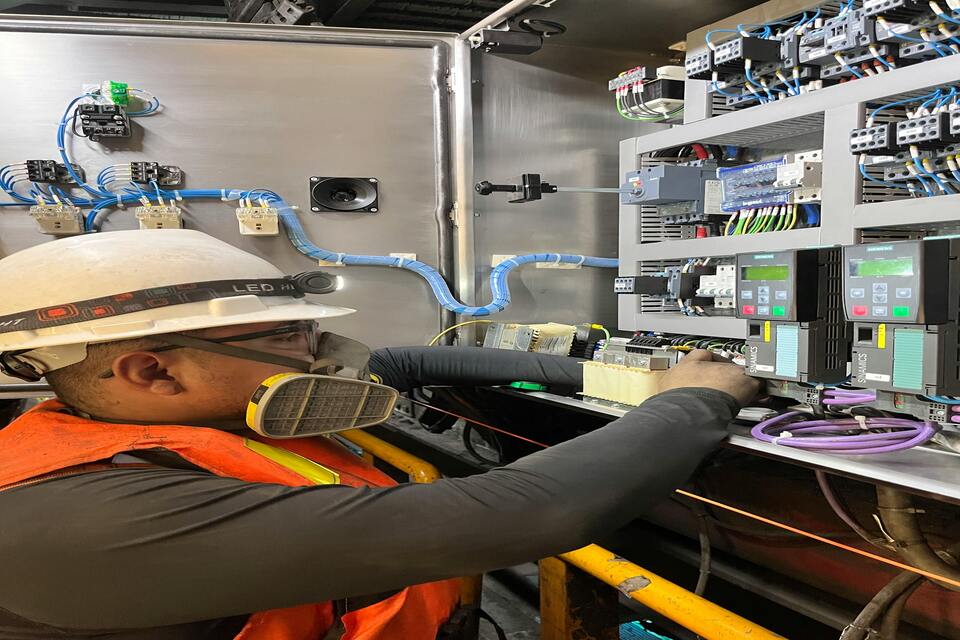
How to Put on Screen Protector?
By following these steps, you can confidently apply a screen protector to your smartphone, ensuring it remains protected and looking great.

Machine à fabriquer des protections d'écran
Découvrez les machines de fabrication de protecteurs d'écran de qualité supérieure de notre usine. Certifiées CE et RoHS, elles sont vendues directement par l'usine et bénéficient d'un service clientèle de premier ordre.
Découvrez toutes les connaissances et tendances de notre blog, obtenez le prix de gros et la meilleure qualité de notre usine.

Quelles sont les machines de découpe de films et leurs applications ?
Les machines de découpe de films ont joué un rôle crucial dans l'évolution de la production cinématographique et de divers processus industriels en permettant une découpe et une jonction précises des matériaux cinématographiques.

Qu'est-ce qu'une machine à découper les protections d'écran ?
Une machine à découper les protections d'écran est un appareil spécialisé conçu pour produire des protections d'écran sur mesure pour divers appareils électroniques, notamment les smartphones, les tablettes, les smartwatches, les ordinateurs portables et les moniteurs.

Comment fonctionne la machine à découper les protections d'écran de téléphone portable?
Une machine à découper les protections d'écran de téléphone portable est un appareil sophistiqué conçu pour
produire des protections d'écran personnalisées pour divers appareils numériques avec un haut degré de précision.
et l'efficacité.

Caractéristiques du verre trempé et du protecteur d'écran TPU pour téléphones portables
Les protections d'écran en polyuréthane thermoplastique (TPU) sont flexibles, durables et
films plastiques auto-cicatrisants conçus pour protéger les écrans d'appareils électroniques contre la corrosion.
les rayures, les impacts et autres dommages potentiels.

Révolutionner la protection des appareils grâce à la machine à découper les écrans de protection
Que vous possédiez un smartphone, une tablette ou une smartwatch, cette machine polyvalente s'adapte à un large éventail d'appareils. Il s'adapte parfaitement aux dimensions de votre gadget, offrant un ajustement personnalisé que les protecteurs génériques ne peuvent égaler.

Garantie à vie du protecteur d'écran
La garantie à vie d'un protecteur d'écran est une garantie fournie par les fabricants.
s'engage à réparer ou à remplacer un protecteur d'écran pendant toute la durée de vie du produit, selon des conditions spécifiques.

